The retail apocalypse appears to be in full swing in 2017. Brands that look too big to fail such as Payless, Rue21, and RadioShack are among the 300 plus retailers filing bankruptcies this year. Experts are quick to point to the rapid growth of ecommerce and mobile shopping as the horsemen of the apocalypse. A closer look at the business’s health, however, shown that the main sufferers are big box stores. Small companies are in fact thriving, even as online and mobile shopping keep growing.
In this article, we provide an in-depth look at the retail sector and the way it’s doing in 2017.
Diagnosing The Demise Of Brick & Mortar Retail
Brick and mortar stores are shuttering at record numbers this season. The amount of stores shutting down in 2017 is greater than most reported closures from 2003 to 2006 combined. According to Moody’s, about $70 billion worth of retail leases are expiring in 2018. At that time, several retailers have been expected to allow their leases to expire and enlarge their presence on the internet.
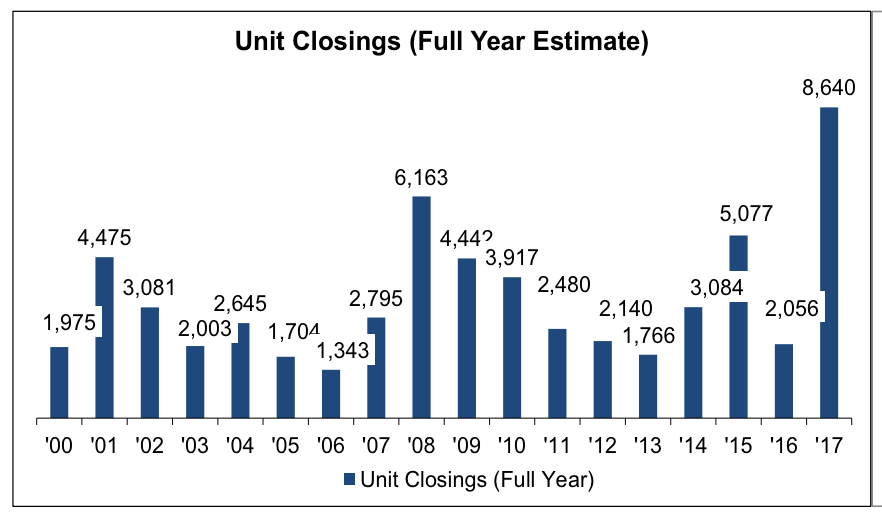
Source: Fortune
This trend agrees with the conventional wisdom that ecommerce is quickly taking over the retail sector, but it’s not the whole image.
Ecommerce Is Still A Tiny Fraction Of Total Retail Revenue
Ecommerce might be growing at a quick pace, but online and cellular sales are still a drop in the bucket in comparison to total retail sales. The US Department of Commerce reported in 2016, ecommerce accounted for $389.9 billion of their total $4.849 trillion retail earnings. Should you do the math, then that’s just 7.8 percent of total retail sales last year.
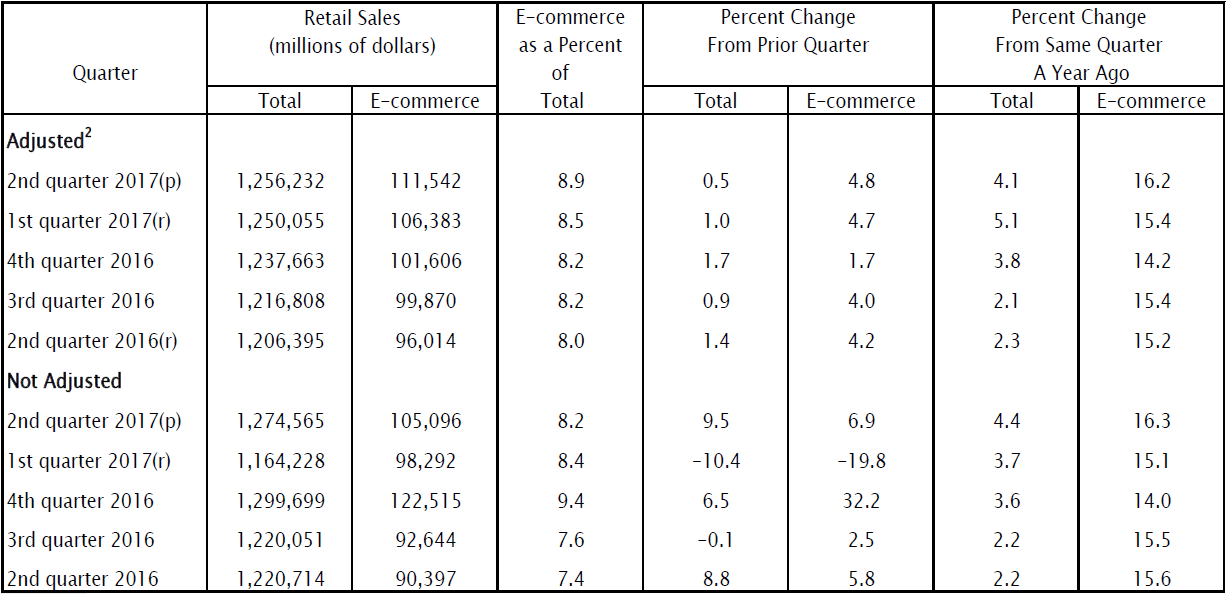
Source: US Department of Commerce
Online shopping could be the industry’s most up-to-date buzzword, but clicks are far from taking bricks.
Big Box Retailers Are Facing the Many Closures
A closer look at the listing of merchants shuttering their doors this season reveals that big box stores are responsible for approximately half of the liquidations. Payless Shoes, RadioShack, and The Restricted lead the fleet in the number of stores going under. Family Christian, Wet Seal, and Crocs closely follow suit.
| Payless Shoes | 1,000 |
| Radio Shack | 552 |
| The Restricted | 250 |
| Family Christian | 240 |
| Wet Seal | 171 |
| Crocs | 160 |
| J.C.Penney | 138 |
| Chico | 120 |
| BCBG Max Azria | 120 |
| Kmart | 108 |
| American Apparel | 104 |
| Office Depot | 100 |
| hhgregg | 88 |
| CVS | 70 |
| Macy’s | 63 |
| Guess | 60 |
| Gander Mountain | 60 |
| Abercrombie & Fitch | 60 |
| American Eagle | 50 |
| Sears | 42 |
| Eastern Mountain | 35 |
| TOTAL | 3,591 |
Source: Forbes
The data led us to question whether the passing of retail will be really as bad as folks claim or if the business is merely going through a significant transformation. Our study demonstrated that it is the latter, and also the so-called retail apocalypse has primarily struck large retailers. While many large chain retailers are collapsing and filing for bankruptcy, smaller brick and mortar shops are actually doing better than ever.
Small Firms & Local Retailers Are Thriving
Mobile ecommerce and shopping tend to be blamed for the demise of big box stores, and while that is certainly a significant part of the narrative, people’s spending habits have also changed since the downturn. This helps explain why little retail stores and mom and pop shops are still flourishing.
People Prefer to Shop Small
Gone are the times when shoppers stand in amazement of the many choices presented by big retailers while awaiting for a representative to be available. Now, consumers prefer to store little, even during the holidays.
In 2015, MasterCard Advisors reported that small business retail accounted for 72.4% of overall retail sales increase over a span of 20 months. Additionally, a 2016 Deloitte survey found that roughly 4 out of 10 of consumers polled planned to store in local independent shops for the holiday season.
The spending shift from large retailers to small businesses has been spurred by the latter’s capability to supply prompt and personalized services. By way of instance, some small businesses are offering personal shopper services, custom products to fit a client’s character, and superior customer services.
Even industries, such as small independent bookstores, that we often point to as victims of the rise of ecommerce are doing fairly well. The American Booksellers Association estimated that the number of independent bookstores has increased 27 percent since 2009, starting out of the recession.
Millennials Are Patronizing Local Firms
Millennials are rooting for the local market even if it costs them more. Roughly 7 out of 10 millennials claim that purchasing American-made goods is important to them according to Edelman Digital. 40% state they prefer to shop at local stores even if things are somewhat more expensive. In addition, Millennials are spearheading attempts to buy food locally, which led to the rapid rise of the $29 billion industry according to AdWeek.
The millennial production favors local brick and mortar shops since they sell handmade products and provide a private shopping experience. “Millennials have a solid sense of community and want to feel connected to the services and products they buy. Due to this, they will look at spending more in the store down the road than they could with a large corporation or series,” writes Targetwise CEO Chelsea Segal.
The Organic and Organic Food Sector Has Exploded
1 product that customers today are willing spend more money on is healthful food, and that rewards local food retailers versus big chain grocers.
Normally, organic foods were 47 percent more expensive than non organic foods. Nevertheless, consumers are ready to pay a premium, especially Generation Z and Millennials. They want organic and sustainable food selections that offer better nutritional value minus the chemical residues.
The natural and organic retail industry’s value skyrocketed to $67.2 billion in 2015 from a modest valuation of $3.4 billion back from 1997. People nowadays prefer to invest more on which they put in their body than that which they place on it, contributing to the demise of big box retailers.
People Want Big Box Brands At A Discount Price
When it comes to items like shoes and apparel, customers are still fond of goods sold by big brands. They just need it at a discount. According to NPD Group’s Checkout Tracking, two out three shoppers invest at off-price discount merchants. The NPD Group chief business analyst Marshal Cohen stated,”Off price retailers are resonating with fashion and cost-consumers alike, and so are stealing department shop business for good reason.” Shoppers want the very best value for their money, and off-price retail suits the demand.
In addition to discounted merchandise, the fast changing inventory of off-price retail continues to drive foot traffic. Shoppers are in the dark about the items and discounts offered by off-price retailers, fostering a treasure-hunt vibe which rivals the advantage provided by internet shopping. The delight of finding high excellent merchandise at low prices serve as a fantastic incentive for customers to spend some time and money in discount retailers.
It’s Not All Good News for Little Retail
While most small companies are doing pretty well, that is not true across the board.
With online retailers that offer simple return policies and customer-centric transportation plans, shoe and apparel retailers are now facing a discount.
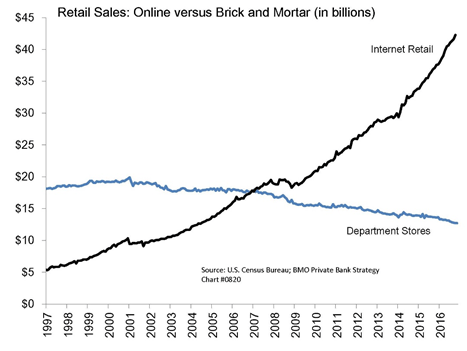
Source: Zero Hedge
Also, no post about brick and mortar is worth its salt without mentioning Amazon. Amazon absorbs a massive piece of the online retail pie. By 2010 — 2016, Amazon’s sales in North America climbed from $16 billion to $80 billion. What’s even more striking is that two-thirds of all US families have Amazon prime, allowing them to get crucial items with free two day shipping.
Advancements in site optimization for mobile devices has also allowed mobile shopping to grow nearly every quarter because 2010. This is a threat to small businesses, a lot of which still don’t have websites or online shop offerings.
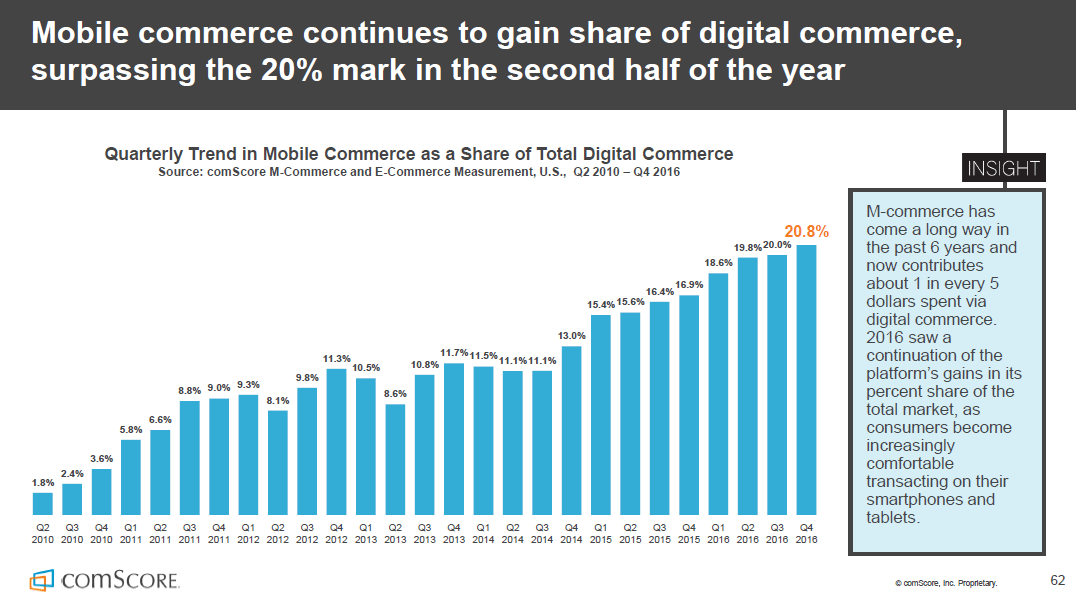
Source: LinkedIn
Why Brick and Mortar Is Still King
While thousands of big box stores and a few smaller stores are shutting down operations, thousands of brick and mortar stores are opening their own doors. Forbes reports that 3,000 shops opened in 2017.
And should you need any evidence of that brick and mortar still reigns supreme, just look at Amazon. The ecommerce giant lately acquired 460 Whole Foods retail locations for $13.7 billion, signaling its retail footprint. Though the encroachment of online and mobile shopping might appear unstoppable, the simple truth is that brick and mortar stores are indispensable assets in the retail sector. Here’s why.
People Crave Sensory Experiences
While online shopping features convenience and comfort, consumers still prefer to obtain a first hand look at the merchandise when shopping. From 1,425 US consumers surveyed by Retail Dive, 62 percent chose in-store over online shopping only because they would like to see, touch, feel, and also try out things.
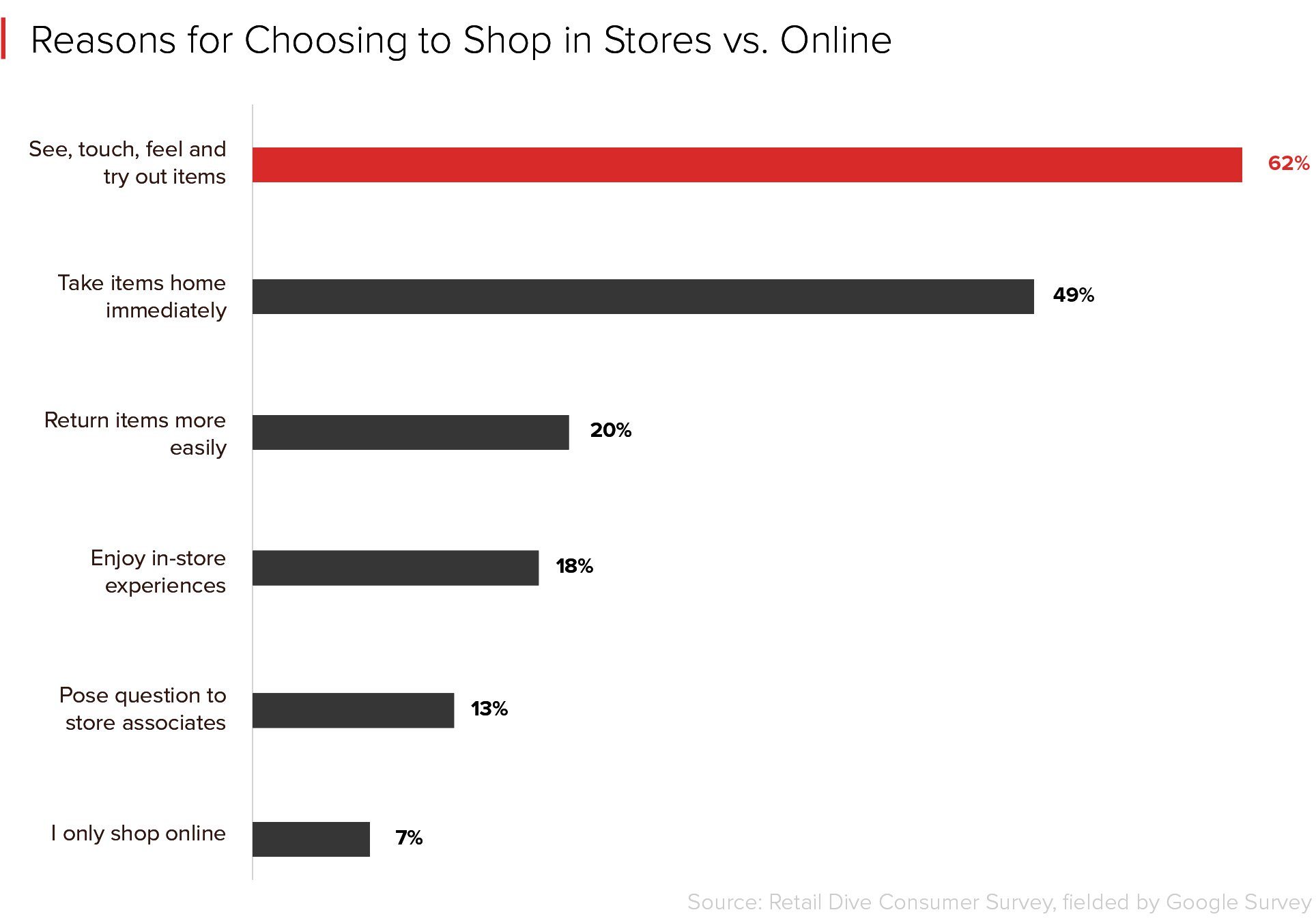
The study also discovered that this is particularly true for girls, rural, younger, younger and elderly shoppers. “People find it hard to choose if they can’t touch or attempt the products,” said Dimira Teneva, Content Manager of ecommerce analytics platform Metrilo. “Physical shops produce elaborate sensory stimuli to create an illusion that you are at the shore, or even the best athlete, or the sexiest dancer, or even the handiest DIY enthusiast — and people enjoy this dream,” she added. For most American consumers, experiencing the product through their senses is the principal reason to shop in-store as opposed to online.
For instance, furniture is 1 product that lots of customers prefer to purchase in person. Furniture shop sales have grown continuously since 2009, outpacing department stores and appliances and electronics stores. As shown by a Furniture Today survey, online channels accounted for only 1 from 10 bedding and furniture retail sales in the US. Most Americans still prefer to find home furnishings in-store.
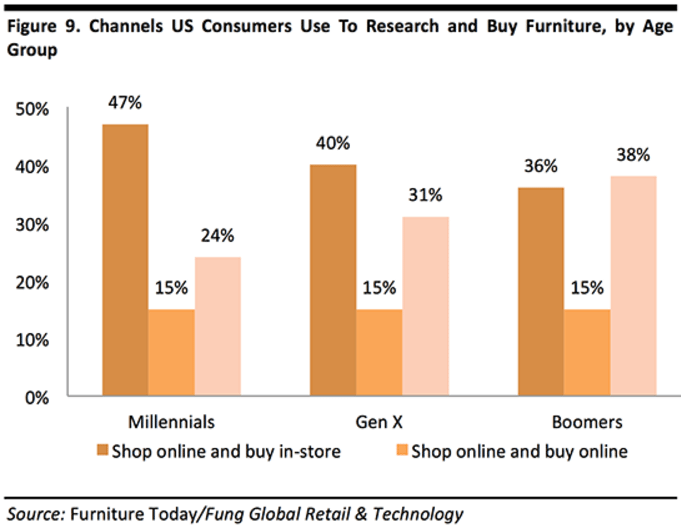
The tendency extends to the attractiveness and personal care industry. The US Department of Commerce reported that the health and healthcare category listed a 7.3 percent change in year over year sales. Nearly all of this growth happened in-store. 9 out of 10 consumers purchased cosmetic goods in person, such as hair styling products, shampoos and conditioners, and sunscreen products.

Source: Yahoo! Charts
The business is among the many bright spots in the retail sector consistently generating positive store sales regardless of the growth of internet shopping.
Consumers Research Online However Want To Shop Offline
90 percent of all retail journeys still wind in-store, even when they start online. Retail Dive polled 1,288 customers and discovered that two-thirds of respondents conducted product research online but bought the merchandise in a shop. Pre-purchase online research provides shoppers with pertinent details about the product including price, quality, and durability. In the end, howeverthey nevertheless head to stores to finish the journey.
Consumers pay particular attention to user-generated content like product reviews and evaluations when making a purchase decision. A study by the ability of Reviews revealed that 65 percent of customers read 1- 10 reviews prior to buying a product.
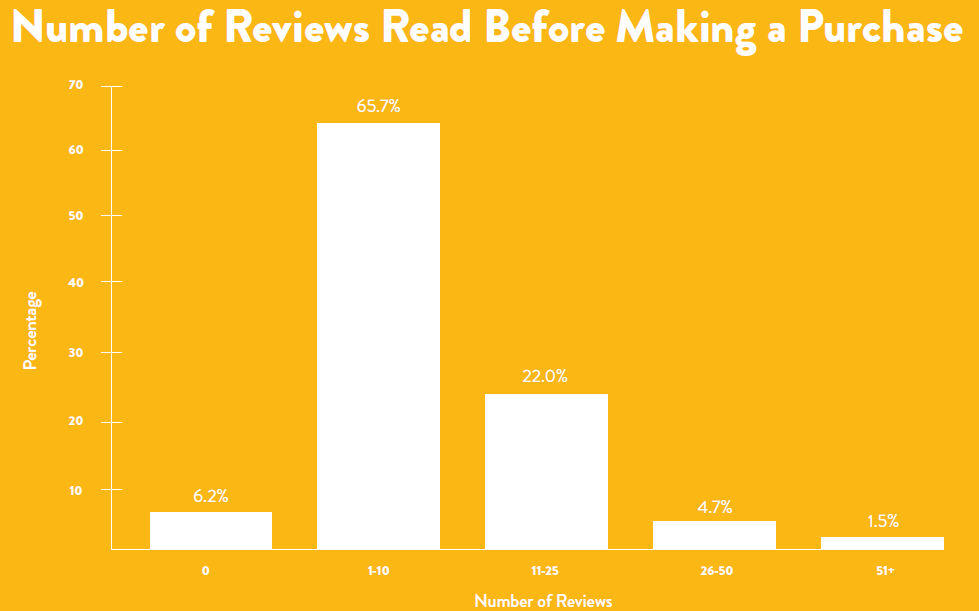
Source: Ability of Reviews
So while retail travels conclude in-store, the net may have a considerable effect on retail purchases.
Tips For Small Business Retailers
Overall, the retail apocalypse is apparently passing over small retail businesses. Actually, small brick and mortar shops are directly benefitting from the demise of big box stores. However, the favorable landscape doesn’t mean that main street entrepreneurs should sit on their laurels. Just take this as an chance to maximize profits by capitalizing on trends that push foot traffic.
Create A Site & Establish An Online Presence
As mentioned above, many customers research product online before going in store to purchase it. This implies that using a site is a must-have for small retailers. Regrettably, roughly half of US small companies still don’t have a site. Without a good internet presence, you risk losing customers and revenue. Gain the upper hand against the competition by setting your presence on line.
Building a website for your Small Company offers numerous advantages such as:
- Increases discoverability as 90 percent of consumers require the world wide web to locate goods and services.
- Drives foot traffic to your shop as 50 percent of mobile users see a shop after running a local search.
- Enhances product credibility with 8 out 10 shoppers conducting product research online
Creating a website can be easy and fast with the ideal guidance and resources.
Give Social Media-Driven Experiences
People still aren’t purchasing a lot of merchandise through social networking, but they are using social networking in different ways. According to a research by GlobalWebIndex, almost 40% of people ages 25-44 utilized social websites to research products before making a buy in store.
Here are some ideas to integrate social media to your Shop and facilitate purchases:
- Article videos explaining your Service or Product
- Post reviews of your Service or Product
- Post images of customers with your product, and label them (with permission of course)
- Try Facebook advertising, and promote on additional social channels
Learn more imaginative and innovative ways to get people posting on your brand on social media to drive in-store traffic.
Provide VIP-Like Service
Today’s shoppers are constantly on the move and want instant, personalized service. A study conducted by the National Retail Federation revealed that 85 percent of shoppers will abandon their intended purchases if prompt aid is not provided. In addition, the exact same study found that 54 percent of shoppers valued prompt support the most followed by customized expertise (30 percent) and clever recommendations (30 percent). Finally, the study found that only 27 percent of consumers believe that big brand stores tried to provide VIP-like attention.
Train your staff to engage customers in a prompt and friendly way. It would also be good if your staff can learn the customer’s first name to bring a touch of personalization to your services.
Create Particular In-Store Service
Additional and distinctive in-store services have helped manufacturers produce buzz and stand out. Urban Outfitters purchased Pizzeria Vetri and incorporated it into their stores. The merchant opened lifestyle centres where customers can eat, drink, read, and even enjoy salon services prior to, during, and after shopping. Barnes and Nobles started serving tea, coffee, and baked products through B&N Cafe. Customers can get lost inside their favorite book while sipping a hot beverage. These unique solutions encourage shoppers to spend more time in-store.
As a small business operator, opening lifestyle facilities may be out of reach, but it should not limit you from providing additional services. Look at installing telephone charging stations or supplying in-store tailoring. Sporting goods retailers can dedicate a particular area where customers can take hoops and post their results on interpersonal networking. There are loads of low-cost in-store solutions which can drive more shoppers into your store and help you get an edge over the competition.
Bottom Line: The Death of Brick & Mortar Retail
The retail sector isn’t dying but is going through a huge transformation catalyzed by the shifting consumer spending habits. Small and local businesses are thriving along with discount shops at the cost of big box stores. Ecommerce might be growing at a rapid rate, but its overall market share remains too small to pose any real threat to brick and mortar shops. The industry is purging the old and the worn out to give way to something new and exciting.
What do you consider our in-depth analysis about the transformation of brick and mortar stores? Feel free to talk about your thoughts in the comment section below.

